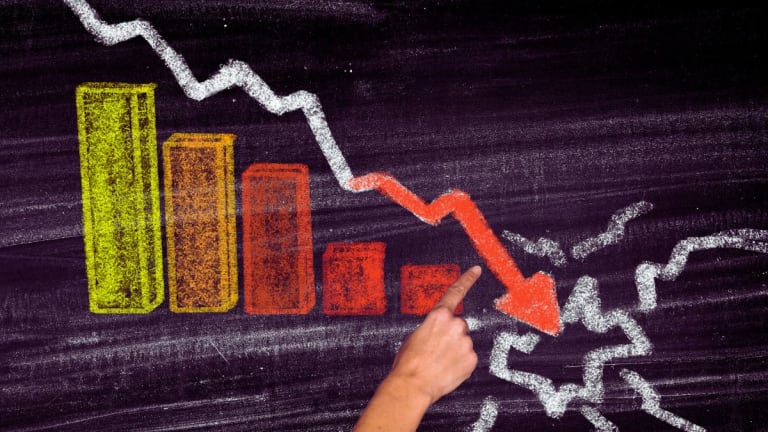
Australian job market weakens further as job ads decline for fifth straight month in June
Talent Acquisition#Hiring#HRTech#HRCommunity
Australian job advertisements experienced a significant decline for the fifth consecutive month in June, as reported by data from the Australia and New Zealand Banking Group (ANZ) and employment website Indeed. This drop is indicative of the cooling labour demand amidst high interest rates and a decelerating economy.
According to the latest figures, job ads fell by 2.2% in June compared to May, which itself saw a revised drop of 1.9%. This marks a continuing trend of decreasing job advertisements, highlighting a persistent weakening in the labour market. The second quarter of 2024 saw job ads fall by 7.1% from the previous quarter, a notable increase from the 3.0% decline observed in the first quarter.
When compared to the same month a year earlier, job ads were down by 17.6%. Despite this decline, the number of job advertisements remains 17.8% higher than pre-pandemic levels, suggesting that while there has been a significant recent drop, the overall labor demand is still robust relative to historical norms.
The data revealed that the fall in job ads was particularly pronounced in certain sectors. There was a marked reduction in demand for cleaners, tradespeople, and food service workers. These sectors, which often serve as indicators of broader economic activity, reflect a softening in both consumer and business demand.
ANZ economist Madeline Dunk commented on the ongoing decline, stating, "The pace of declines in ANZ-Indeed Australian Job Ads has intensified. We're seeing a similar story in other parts of the labor market, with indicators easing from strong starting positions." Despite these trends, Dunk anticipates only a modest increase in the unemployment rate to around 4.3%.
The easing labour market conditions have influenced the Reserve Bank of Australia's (RBA) recent policy decisions. The RBA has held interest rates steady at 4.35% for five consecutive meetings, citing the cooling job market as a key factor. However, persistent inflationary pressures have led to market speculation that the RBA might implement another rate hike in August, with a 65% probability according to market betting.
The upcoming jobs report, due on July 18, will be closely scrutinized for further indications of the labor market's health. Analysts and policymakers alike will be looking for signs of either continued easing or stabilization in labour demand, which will play a critical role in shaping future economic policies.
The decline in job ads is reflective of broader economic challenges facing Australia. High interest rates, designed to combat inflation, have had a cooling effect on economic activity, including hiring. This is a common pattern observed globally, where central banks' efforts to control inflation often lead to slower economic growth and reduced labour demand.
The consistent decline in Australian job ads over the past five months underscores a period of adjustment for the labour market. While the demand for labour remains higher than pre-pandemic levels, the downward trend signals caution among employers amidst economic uncertainties. The upcoming jobs report and potential policy responses from the RBA will be crucial in determining the direction of the labour market and broader economic conditions in the coming months.
As the economic landscape continues to evolve, close monitoring of job advertisements and other labour market indicators will be essential for understanding and responding to these changes. The interplay between inflation, interest rates, and employment will remain a focal point for economists, policymakers, and business leaders alike.














